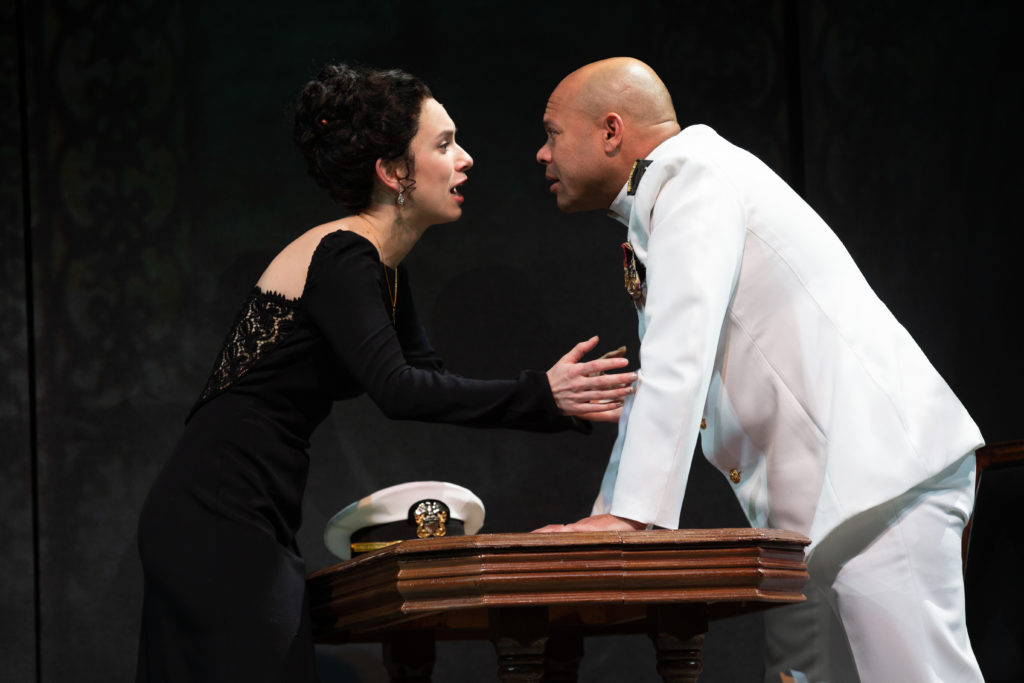

They had the complete control in all relationships and dominated the workforce. Gender inequality is apparent in the play, reflecting the context of the Elizabethan era.ĭuring the Elizabethan era, the discrimination of gender was in favour of men as The quote refers to the assumed obsessive sexual behaviour inhabited by black men. The commissioner converses with Jago and states “If I could find any with brains as big as their dicks I’d be a happy man”, in reference to coloured officers. Another example of racism in the film is during the bathroom scene in the film. The tone apparent in Jago’s compliments displays dramatic irony as the audience knows Jago’s motives and plans. It is clear to the audience that Jago’s intention are far from what is seen by Othello as the camera uses a close up shot to emphasise Jago’s conniving facial expressions. Like Iago, Jago also uses racial slurs such as ‘Nigger’ and ‘big black bastard’, when congratulating Othello’s promotion as a commissioner. With this being said, it is still evident that racism still occurs as demonstrated by the film. In recent years, racism has decreased significantly with coloured people gaining more rights such as the ability to vote. Similarly to the play, the film adaptation of Othello incorporates the issue of race reflecting the context of the film. Brabantio uses repetition to insist that Othello must have “enchanted” his daughter with black magic rather than their relationship consisting of true love. This quote refers to how Brabantio considers his daughter’s love with the Moor to be unnatural as Desdemona would apparently never fall in love with a black man. Also in the play, Brabantio states “…in spite of nature…to fall in love with what she fear’d to look on! It is a judgment main’d and most imperfect… against all rules of nature” (1. The use of racial slur highlights the continuation of Elizabethan concepts that black men are assumed to have an animal-like sexual behaviour. Through the use of animal imagery, Iago parallels Othello to a racial subtext of black versus white and thus degrades Othello’s status, placing himself on a higher social platform. In the opening scene, Iago warns Brabantio, “an old black ram is tupping your white ewe”. Iago portrays this view upon race in as he, as well as other characters, judges Othello based on his appearance. During the Elizabethan era, those who were coloured were viewed as being inferior in comparison to those of an Anglo-Saxon background.

Through this theme, there are several perceptions of an individual’s race which are exhibited to establish the text’s context. Racism is a theme that is prominently evident throughout Shakespeare’s Othello. The context of a text plays an essential role as it is the way in which the composers convey their message and this is done effectively as both composers are conveying an important message about racism and gender inequality. This reflection is established through the two ideas of racism and the inequality between genders. Texts reflect their contexts and this is evident in both William Shakespeare’s Othello and Geoffrey Sax’s film Othello.


 0 kommentar(er)
0 kommentar(er)
